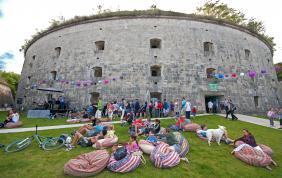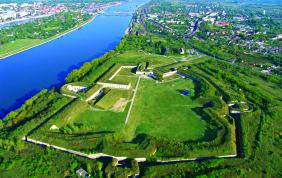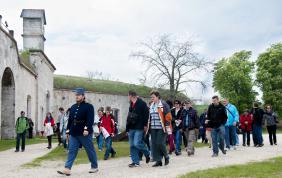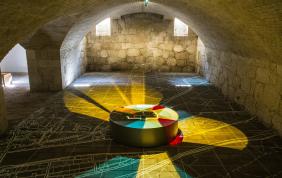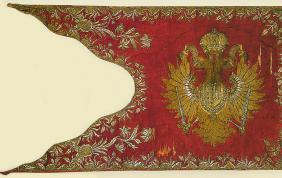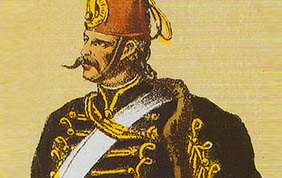KOMÁROM
The cultural, touristic centre and border town of Komárom is situated on the right bank of the River Danube. The road traversing the region has been considered to be one of strategic importance in terms of warfare and trading since millennia. After the Mongol Invasion (1241) King Béla the Fourth ordered the construction of a stonewalled castle to replace the old structure. The town flourished by becoming an important trading and military base under the reign and support of King Mátyás the First. The land changed hands and became the property of the Habsburgs following the Battle of Mohács (1526). Ferdinand the first ordered the fortifications of the castle to be strengthened in 1585, thus turning it into a determining part of the border castle system. The fortress heroically withstood the siege of the great army of Szinán in 1594.
In 1809 Napoleon conquered and occupied the imperial city of Vienna. Consequently, Emperor Ferenc the First and his household sought refuge in the Castle of Komárom. It is due to these events that the emperor decided to strengthen the castle's fortifications. The fortress thereafter became an integral part of the strongest defence system of the Habsburg Empire.
Nowadays, the city’s most important touristic highlight is still its fortress. Together with the fortresses of Monor, Igmánd and Csillag, they make up the Hungarian part of the defence system. The town’s museum, named after the legendary general György Klapka, displays the past of the settlement in a rich exhibition.
Further information: www.komarom.hu,ww.kgym.hu

